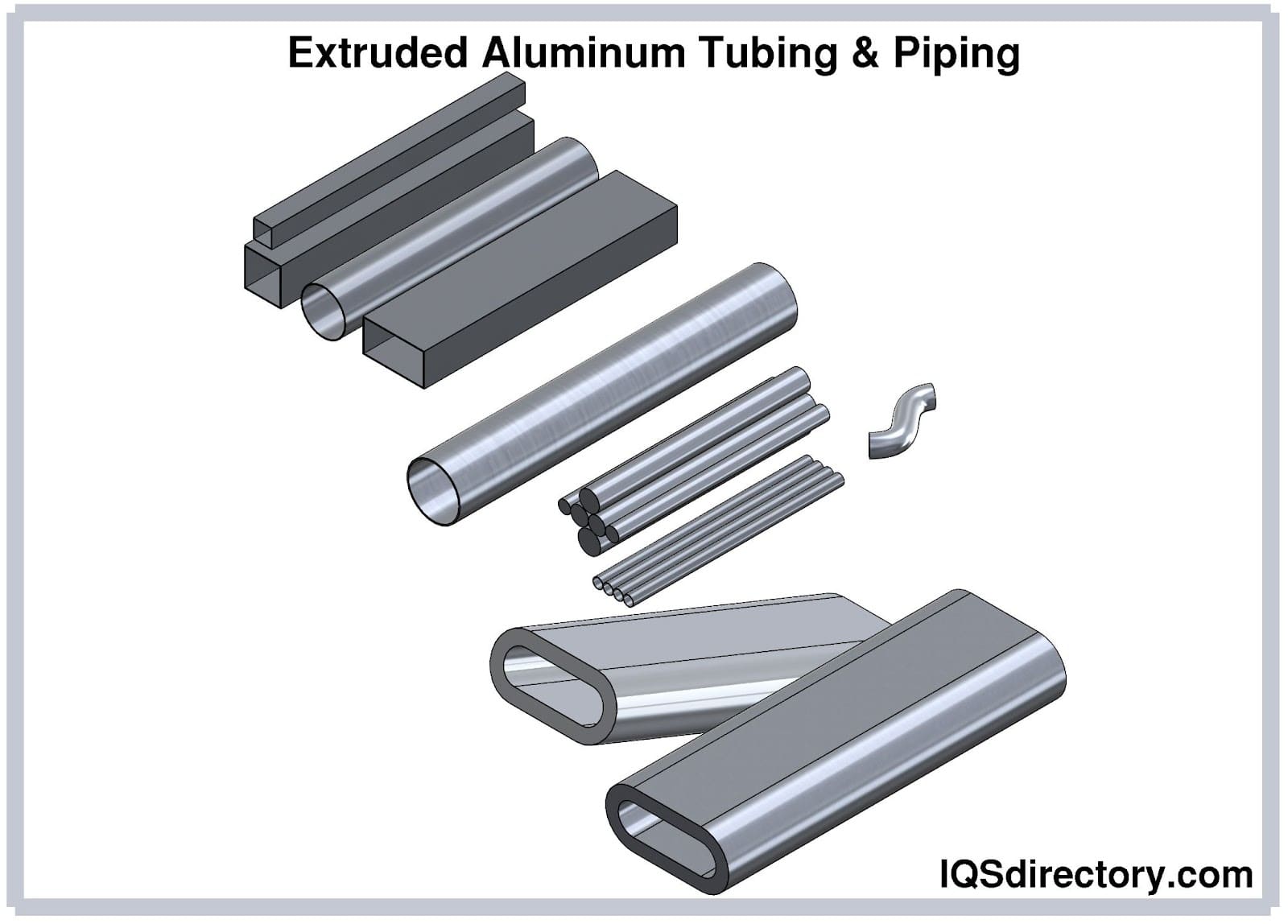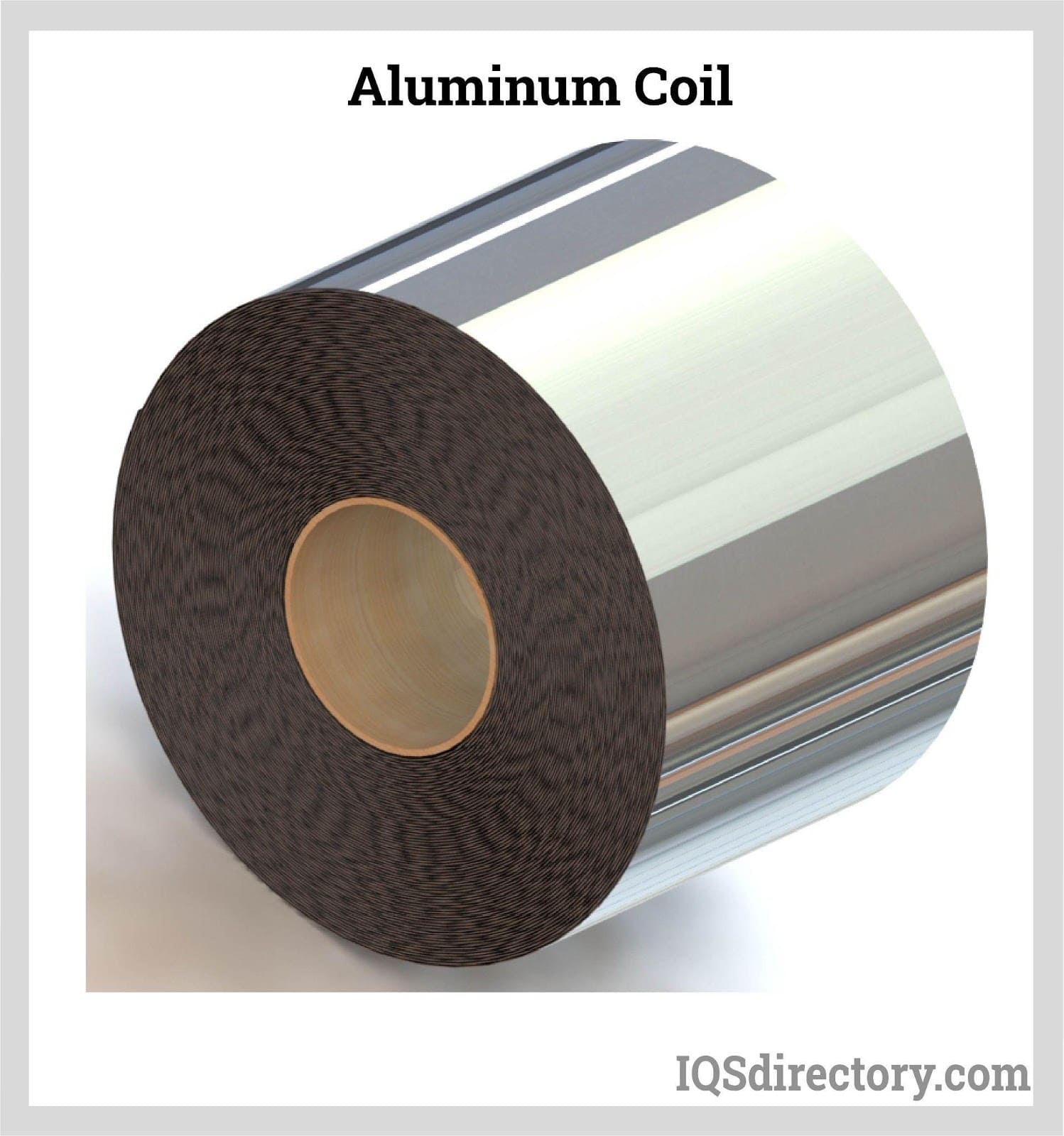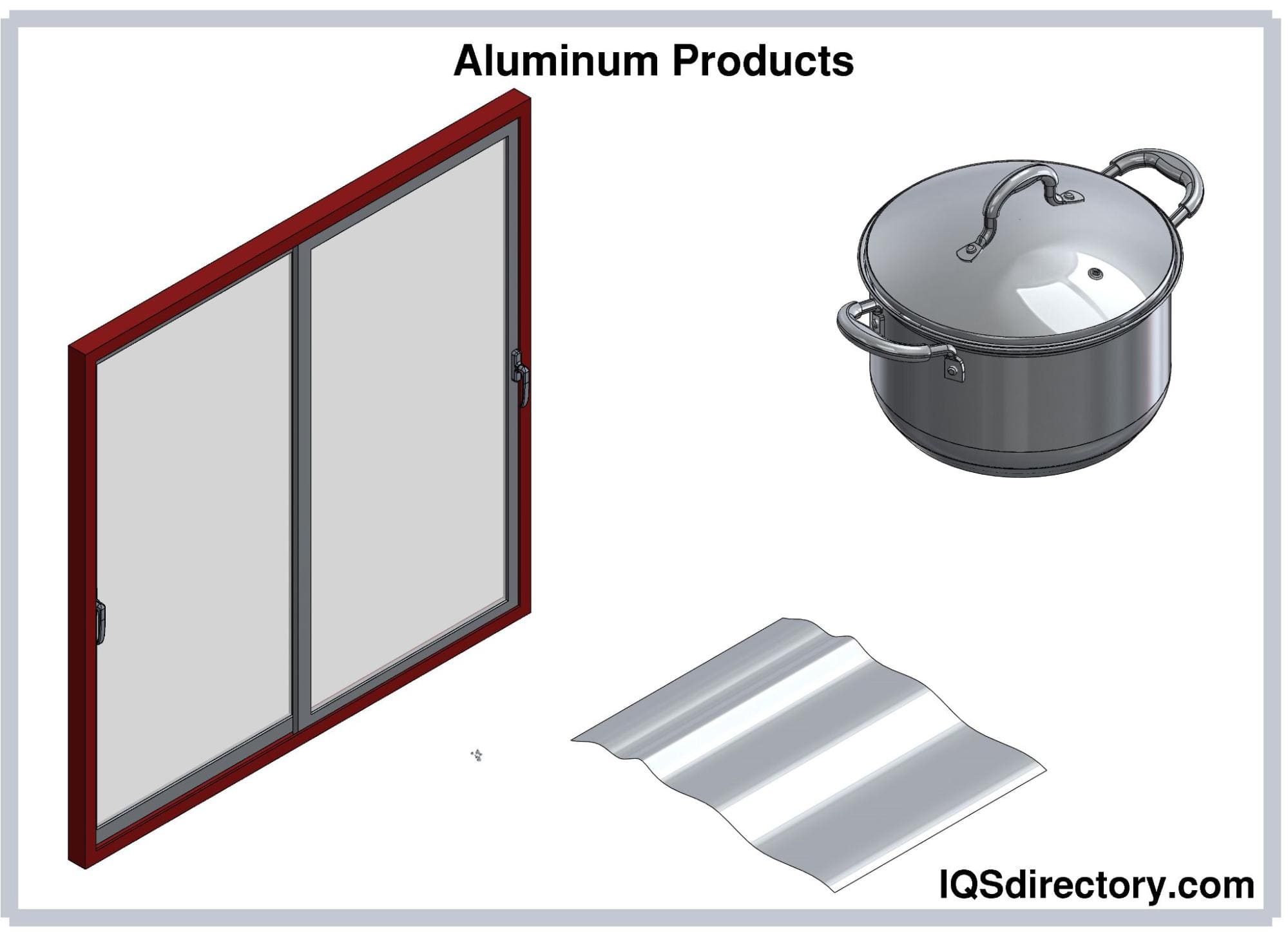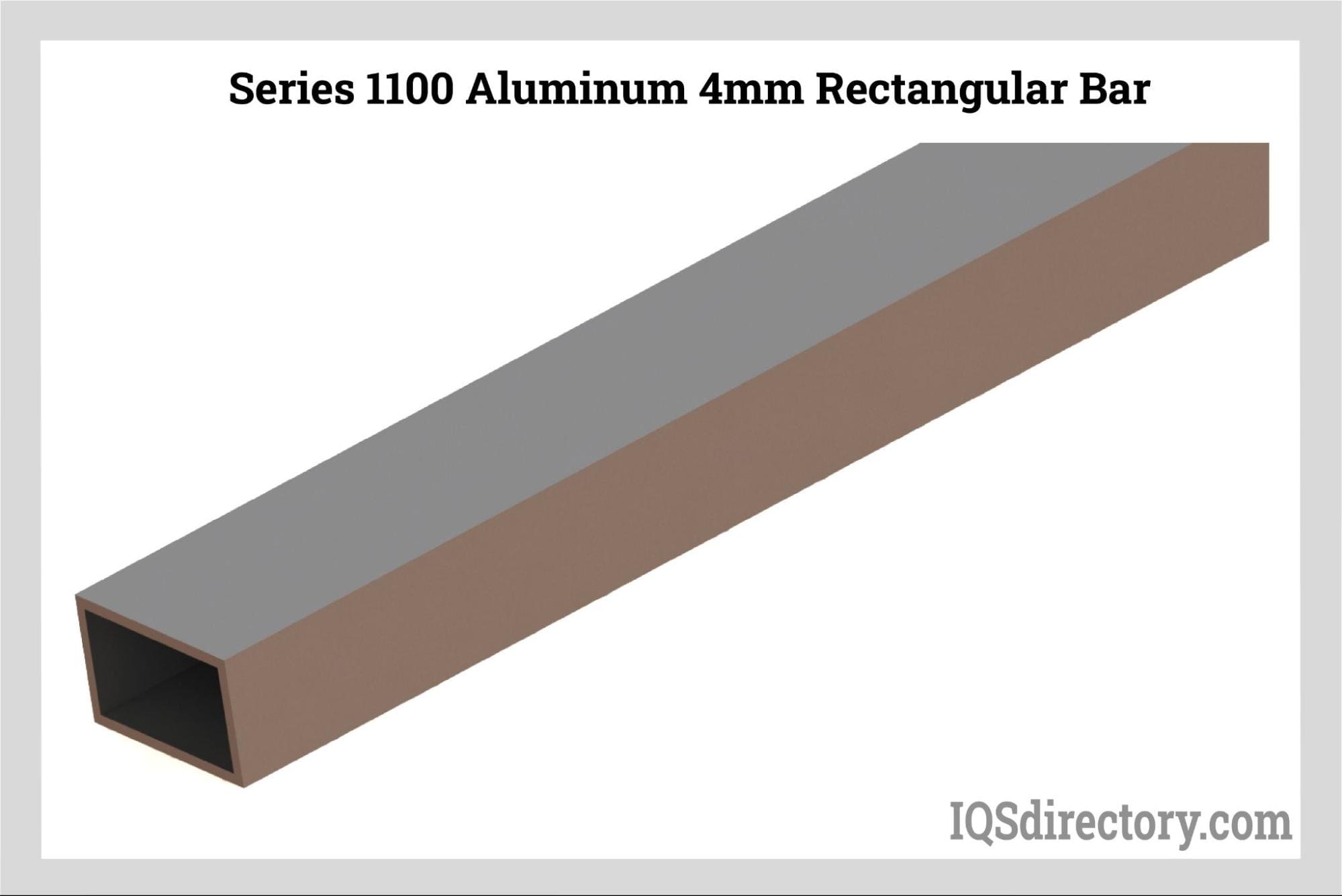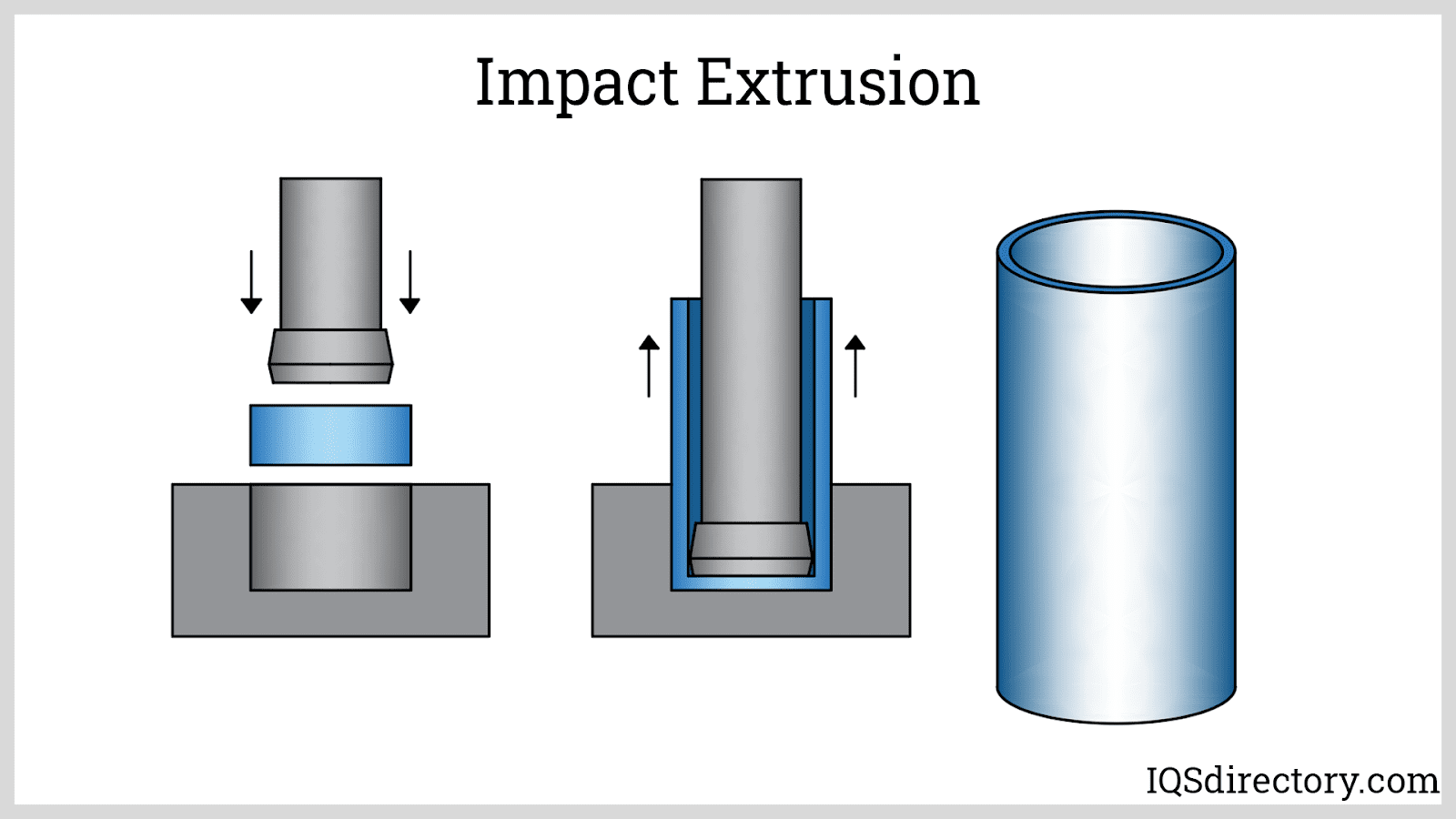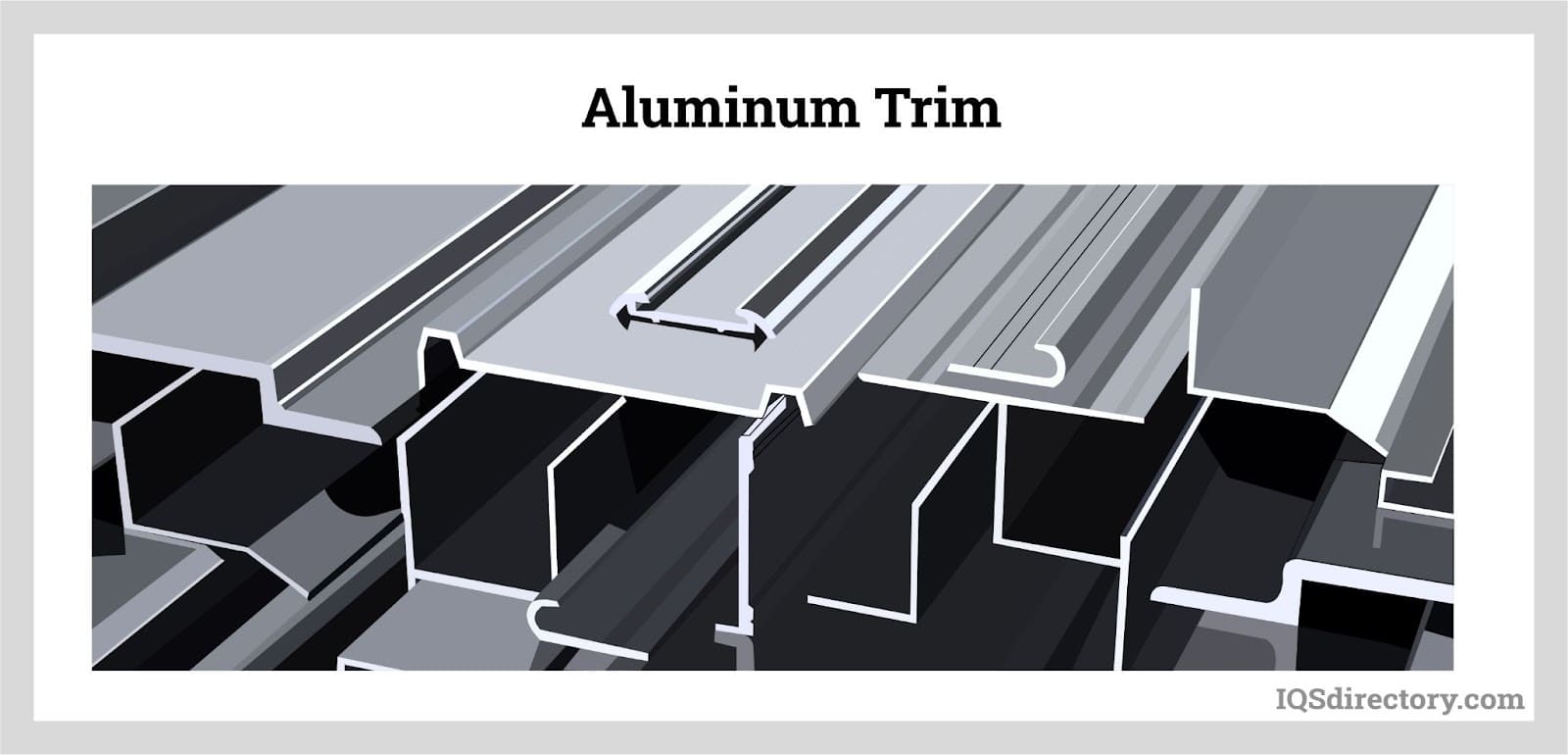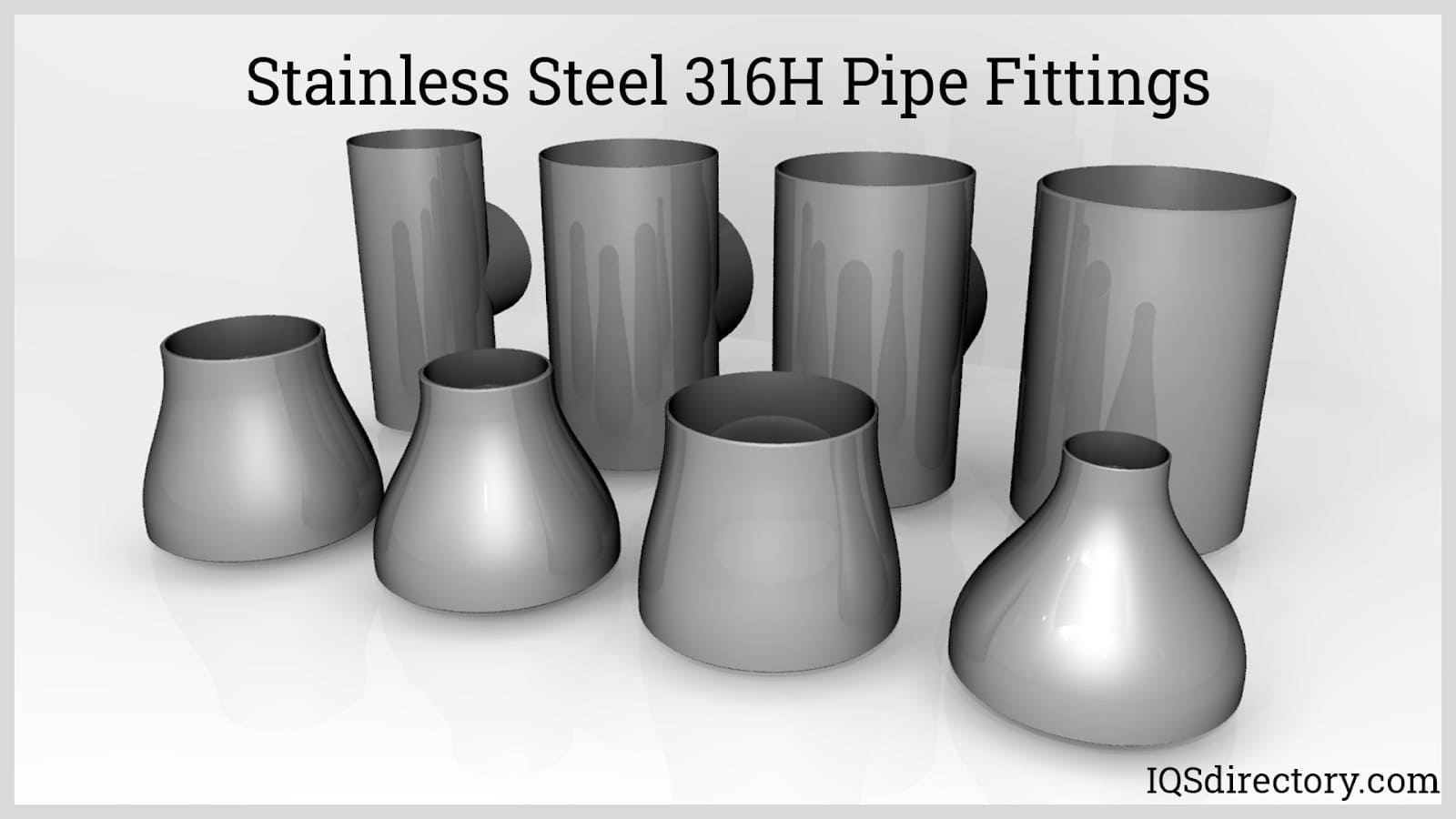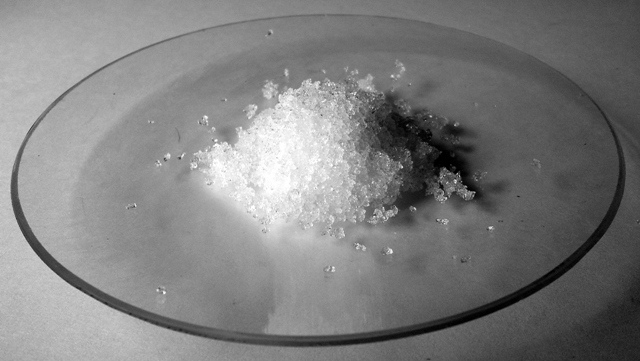 Aluminum nitrate is a compound that appears to be a salt of nitric acid and aluminum. In the normal conditions, aluminum nitrate exists as crystalline hydrate. As for the visual form of aluminum nitrate, it is usually crystalline solid or powder and has while color. Aluminum nitrate is a solid compound according to the Standard Temperature and Pressure. Formula of the compound is Al(NO3)3.
Aluminum nitrate is a compound that appears to be a salt of nitric acid and aluminum. In the normal conditions, aluminum nitrate exists as crystalline hydrate. As for the visual form of aluminum nitrate, it is usually crystalline solid or powder and has while color. Aluminum nitrate is a solid compound according to the Standard Temperature and Pressure. Formula of the compound is Al(NO3)3.
Physical properties of aluminum nitrate
There are many different physical properties of this compound. For example, aluminum nitrate has molar mass which is equal to 212.996 g/mol. As for the density of the compound, it is 1.401 g/cm3. Besides, as any other compound, aluminum nitrate has melting and boiling points which are 72.8°C and 135°C respectively. The solubility of aluminum nitrate is known with various liquids. Aluminum nitrate has no odor, while its molecular weight appears to be 375.13. The chemical formula of aluminum nitrate is Al(NO₃)₃.

Preparation of aluminum nitrate
You won’t easily form aluminum nitrate just by combining nitric acid and aluminum. In this case, aluminum will form a passivation layer. But aluminum nitrate can be made if you combine aluminum trichloride and nitric acid. By doing so, you will also create a by-product, nitrosyl chloride, which oozes from the solution in the form of a gas. Aluminum nitrate can be also made if you mix aluminum sulfate and lead nitrate. Lead sulfate will precipitate from the solution, and only aluminum nitrate will be left in the solution.
Solubility of aluminum nitrate in different substances
Aluminum nitrate was tried to be dissolved in such substances like water, methanol, ethanol, and ethylene glycol. Aluminum nitrate is soluble in all of these substances. As of water, it is soluble at 160 g/100 mL at 100 °C. In case of methanol, the soluble indicator is 14.45 g/100mL. Aluminum nitrate dissolves in ethanol at 8.63 g/100mL. And when it comes to ethylene glycol, 18.32 g/100mL, solubility rate exists.
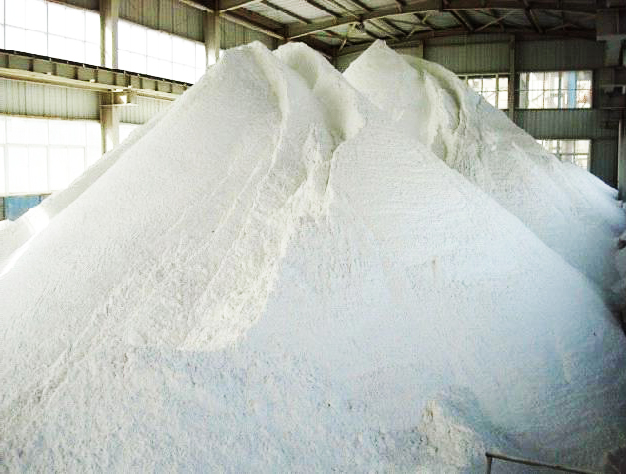 Application of aluminum nitrate
Application of aluminum nitrate
This compound appears to be quite valuable and has various important uses. First of all, aluminum nitrate appears to be a very strong oxidizing agent. For this reason, it is absolutely invaluable during the process of oxidization. While this is the primary use of aluminum nitrate, other uses exist as well, and we should consider them too.
Aluminum nitrate is used for the extraction of uranium. The process of uranium mining consists in the extraction of uranium from the ground. Given how important uranium is, it is very difficult to imagine the modern world without it. Aluminum nitrate is used for this process of extraction of uranium. Therefore, carrying out the extraction would be much more difficult without aluminum nitrate.
Every person of the current age probably knows about antiperspirants and the field of their application. Antiperspirants belong to the group of deodorants and prevent sweating along with affecting odor of the human body. Usually, antiperspirants are applied under arms. Aluminum nitrate is an indispensable component of antiperspirants, which could not be produced without aluminum nitrate.
The aluminum nitrate compound is also widely used as a component of corrosion inhibitors. Corrosion inhibitors are agents that are added in different devices in order to prevent these devices from corrosion. For example, corrosion inhibitors are used extensively with all of the types of ultrasonic cleaners. And aluminum nitrate is always added to corrosion inhibitors and serves as one of the most important components of these agents.
Another important field of use of aluminum nitrate is dyeing, where it is used as a mordant. Mordant is a special agent that serves a specific aim consisting in binding dyes to materials. When it comes to aluminum nitrate, it is specifically used with cotton. Without the use of aluminum nitrate, dyes just will not bind to cotton. For this reason, aluminum nitrate is very important component in the process of dyeing of the cotton material.
Petroleum and oils are refined with aluminum nitrate too. The processes of refining petroleum and oil are very significant in the industry. For example, thanks to the refining of this kind, crude oil can be transformed into petrol or gasoline, LPG (liquefied petroleum gas), kerosene, diesel oil, fuel oils, and jet fuel. And none of all these processes can be carried out without the usage of aluminum nitrate. It appears another proof of how important aluminum nitrate is for industry.
And of course aluminum nitrate, being a chemical compound, is extensively used for the purposes of demonstrating chemical reactions of various types to students and pupils. When aluminum nitrate is applied, these reactions become really interesting and vivid in look. Seeing such vivid reactions, students and pupils understand the processes occurring in chemistry better and become more intelligent and educated.
As for other hydrated types and nonhydrates of aluminum nitrates, they have a lot of industrial uses as well. The uses which stand out among all are the following. The salts of aluminum nitrate are used to produce alumina that is then used to manufacture various kinds of insulating papers. Cathode ray tube consists of different elements, and its heating elements involve aluminum nitrate. Besides, transformer core laminates involve this type of compound as well. Actinide elements are extracted with the usage of these kinds of salts too.
It is well-known that various compounds are widely used in the field of medicine, and there were efforts to apply aluminum nitrate in this field too. However, at the moment it has been only used towards rats during different tests. The results of these tests were different, including both effective and ineffective uses of aluminum nitrate towards rats. As for application of aluminum nitrate to humans, it has not been applied yet. At the same time, research in this field is ongoing and maybe someday aluminum nitrate will be used towards human. Aluminum nitrate could become effective for the purpose of curing humans as well as any other compound.
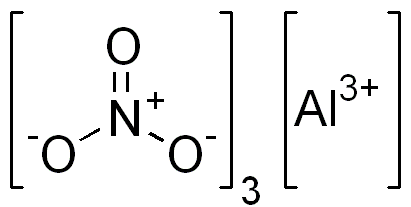 Fire precautions
Fire precautions
Even though aluminum nitrate is an inflammable compound, it can cause some problems related to fire, so you have to follow some precautions when dealing with it. During the combustion of aluminum nitrate, it can produce nitrogen toxic oxides. And if the compound is combusted along with some combustible products, the fire in the result may increase substantially. Besides, all the containers that have served to store aluminum nitrate should be flushed with water thoroughly. In case of fire, you should spray water in order to control flames. Spraying should be carried out from as far as possible. Usage of foams and chemicals is not allowed.
Aluminum nitrate must be stored away from sewers and water sources. You should avoid exposing aluminum nitrate to flames, sparks and different kind of ignition.
How to protect yourself when handling aluminum nitrate?
Although this substance is not very dangerous, you should act in a proper way to protect yourself when handling it. For example, one should wear protective equipment when doing something with aluminum nitrate. Protective equipment includes face shield and goggles. Besides, you should also use gloves made of rubber and dust respirators.
If you for some reason have ingested this substance in large dose, you will have serious complications with health, including gastric irritation, vomiting, purging, and nausea. In case of any of these resulting from ingestion of aluminum nitrate, you should contact a doctor.
If aluminum nitrate has contacted your eyes or skin, you may suffer from irritation of eyes or skin. After contacting of aluminum nitrate with eyes, you should flush your eyes with much water for 15 minutes. The skin surface should be also flushed and cleaned with water along with light soap.
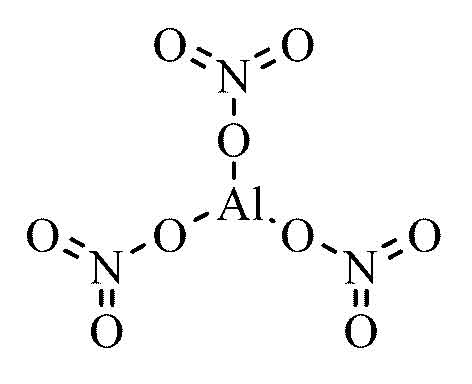 Formula for Aluminum Nitrate
Formula for Aluminum Nitrate
Al(NO3)3
Properties for Aluminum Nitrate
MSDS Name: Aluminum Nitrate Nonahydrate
Molar mass: 212.996 g/mol (anhydrous), 375.134 g/mol (nonahydrate)
Melting point: 66 °C (151 °F; 339 K) (anhydrous), 73.9 °C (165.0 °F; 347.0 K) (nonahydrate)
Boiling point: 150 °C (302 °F; 423 K) (nonahydrate) decomposes
Density: 1.72 g/cm3 (nonahydrate)
 Alloy Suppliers
Alloy Suppliers Aluminum
Aluminum Aluminum Extrusions
Aluminum Extrusions Copper-Brass-Bronze
Copper-Brass-Bronze Magnets
Magnets Nickel
Nickel Stainless Steel
Stainless Steel Stainless Steel Tubing
Stainless Steel Tubing Steel Service Centers
Steel Service Centers Titanium
Titanium Tungsten
Tungsten Wire Rope
Wire Rope Castings & Forgings
Castings & Forgings Bulk Material Handling
Bulk Material Handling Electrical & Electronic Components
Electrical & Electronic Components Flow Instrumentation
Flow Instrumentation Hardware
Hardware Material Handling Equipment
Material Handling Equipment Metal Cutting Services
Metal Cutting Services Metal Forming Services
Metal Forming Services Metal Suppliers
Metal Suppliers Motion Control Products
Motion Control Products Plant & Facility Equipment
Plant & Facility Equipment Plant & Facility Supplies
Plant & Facility Supplies Plastic Molding Processes
Plastic Molding Processes Pumps & Valves
Pumps & Valves Recycling Equipment
Recycling Equipment Rubber Products & Services
Rubber Products & Services